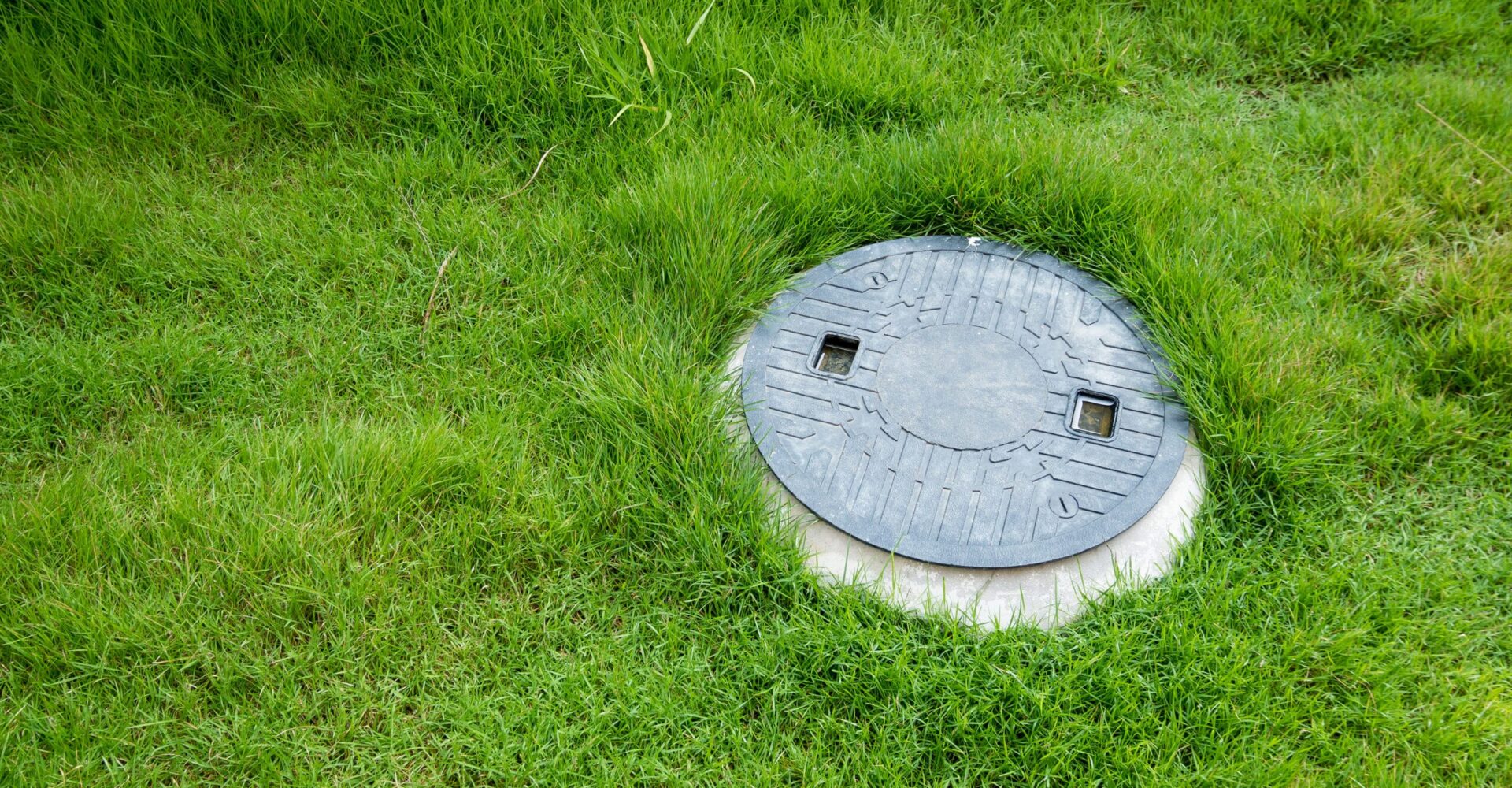Hidden out of sight, septic tanks are often ignored until a problem arises. Septic issues are horribly unpleasant for your home and family, so being proactive with your septic tank is wise. Septic tanks should be inspected every three years and pumped every 3-5 years on average. When you understand how your septic tank works, you will be more likely to stay on top of your maintenance. Explore the basics of septic tanks and give our crew at High Priority Plumbing a call if you need septic help!
If you are not sure if you have a septic tank, here are a few indicators that you most likely have one:
- Your home uses a well
- Your waterline comes to your home without a meter
- Your neighbors have one
- You are not being charged for sewer services on your property tax or water bills
How it works
Your home’s water exits via one main drainage pipe, and is delivered to the septic tank. Your septic tank is designed to contain the wastewater long enough for it to separate into three categories: sludge, scum, and effluent.
The sludge settles on the bottom of your septic tank and the scum, which is made up of oils and grease, floats to the top. The scum and sludge are trapped in the septic tank by compartments and a t-shaped outlet. The effluent, otherwise known as liquid wastewater, is moved through the pipes, and released into the drain field. The drain field is an excavated space designed to gradually release the wastewater into the soil. Your soil cleans and repurposes the wastewater, removing bacteria and viruses while absorbing helpful nutrients.
This system runs smoothly if there is not too much wastewater, which could flood your yard and/or backup your toilets and sinks.
Signs of Septic Issues
- Unbearable sewage smells
- Flooded yard
- Backed up drains
Whether you need preventative septic maintenance or septic repairs, our team of professionals can help!
